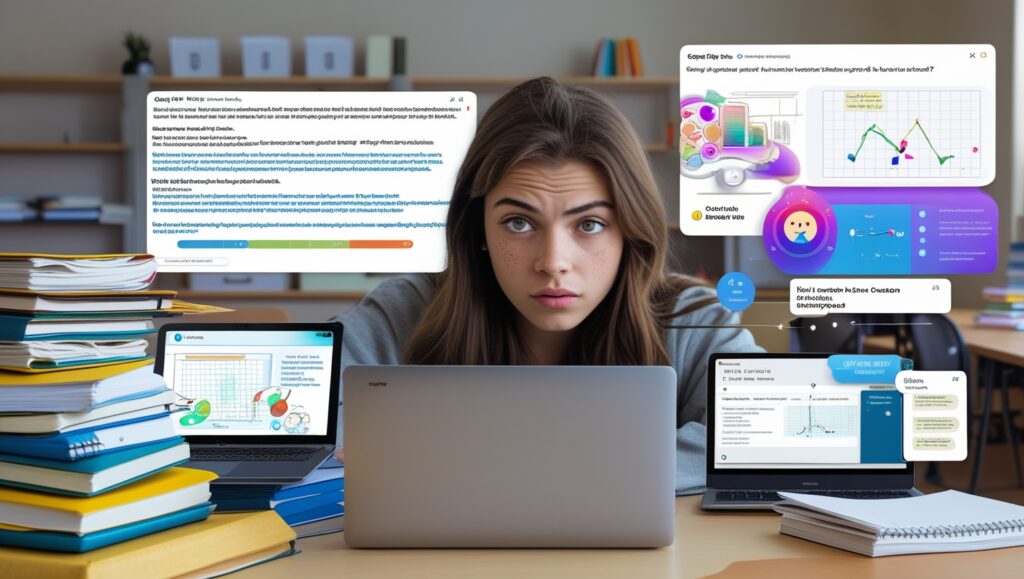
TL;DR
- OpenAI introduces Study Mode to encourage deeper learning in ChatGPT.
- Feature prompts users with follow-up questions instead of direct answers.
- Available to Free, Plus, Pro, and Team users; coming soon to Edu plans.
- Meant to promote critical thinking over rote AI assistance.
- Similar tools launched by Anthropic in April via Claude’s Learning Mode.
A New Learning Companion: Study Mode Debuts
OpenAI officially rolled out a new feature called Study Mode on Tuesday, aiming to enhance ChatGPT’s use as a critical thinking assistant rather than a shortcut for direct answers. This development is part of OpenAI’s broader effort to transform ChatGPT from a passive tool into an interactive learning experience.
Available to all logged-in users on the Free, Plus, Pro, and Team plans, Study Mode will soon extend to the Edu tier, which is designed for schoolwide access through administrative plans.
Instead of simply giving students a solution, ChatGPT will now challenge users by asking comprehension questions or withholding direct answers unless students actively engage with the material.
Why OpenAI is Doubling Down on Education
As generative AI tools like ChatGPT proliferate in classrooms, concerns have emerged about their effect on learning. A June 2025 research paper revealed that students who rely on ChatGPT for writing tasks showed lower brain activity than those using Google Search or no tools at all.
This finding likely influenced OpenAI’s decision to launch Study Mode. The company is now actively working to turn ChatGPT into a supplemental tutor, not a crutch. “We want students to think through problems, not just solve them,” said Leah Belsky, OpenAI’s VP of Education, during a TechCrunch briefing.
Educators Adapt, Students Lead the Way
When ChatGPT first launched in 2022, school districts across the U.S. were quick to impose bans, fearing academic dishonesty. But by 2023, many educators reversed course, recognizing the potential of generative AI as a valuable educational assistant.
Still, the effectiveness of Study Mode depends on student commitment. OpenAI currently offers no tools for administrators or parents to enforce the feature. Students can easily revert to regular ChatGPT mode to get answers without interactive prompts. However, Belsky noted that admin-level controls could be explored in the future.
Competitive Landscape: Claude’s Learning Mode
This isn’t the first AI model to embrace learning-focused engagement. In April, Anthropic launched Learning Mode within its Claude chatbot. Like Study Mode, it encourages thoughtful dialogue and guides students without directly solving problems.
OpenAI’s Study Mode signals that the generative AI industry is maturing beyond productivity tools — shifting toward pedagogical innovation.
AI Use in Education (2024–2025)
| Metric | Value / Source |
| Students using ChatGPT for assignments | 65% of high school students (📊 EdWeek Survey, 2025) |
| Schools with ChatGPT bans (2023) | 30% of U.S. districts (CNN) |
| Students preferring AI tutors | 58% (📚 Pew Research) |
What’s Next for Study Mode?
OpenAI says the launch of Study Mode is just the beginning. The company plans to publish research over the coming months on how students use generative AI in school and whether features like Study Mode genuinely improve learning outcomes.
For now, the success of Study Mode lies with the students themselves. “They have to want to learn — not just finish their assignments,” Belsky emphasized.





